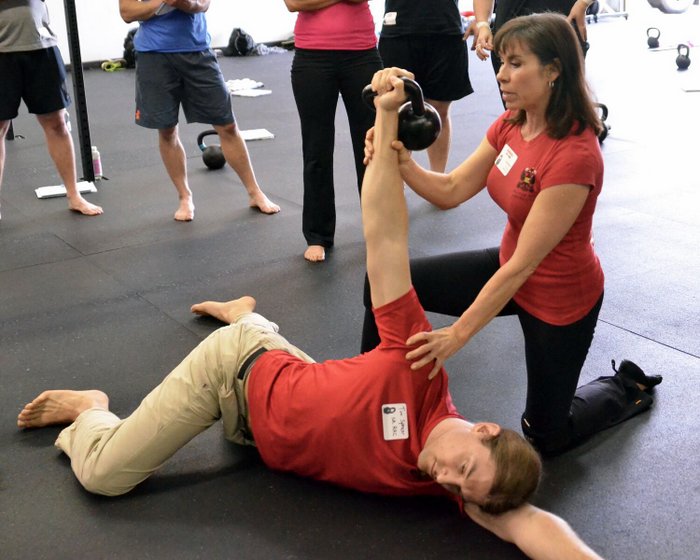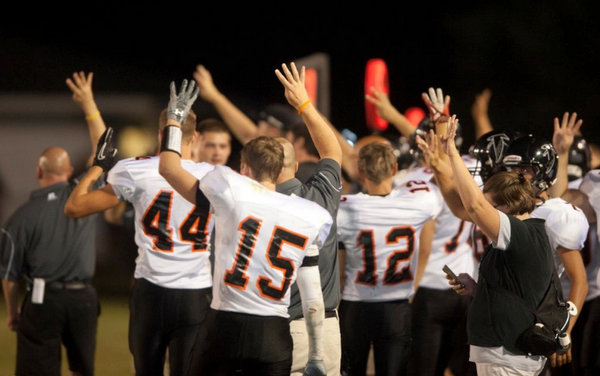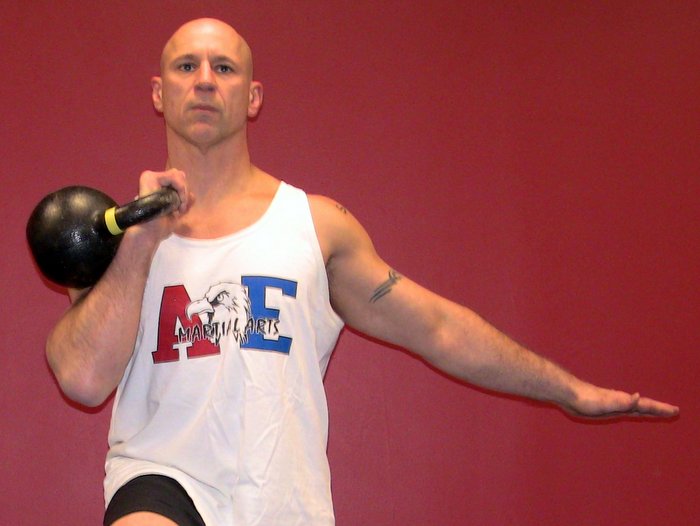
There are so many workouts, so many movements, and so many choices… So, what’s the best way to train? Variety is the spice of life, but is it necessary for achieving optimal fitness levels? As humans, we tend to get bored, so we are on a continuous quest for something different, something better. But on the other hand, we are also creatures of habit. We tend to go to the same restaurants, buy the same type of car or get the same breed of dog. We like a certain level of comfort and familiarity. Yet, we still yearn for the exotic, the different. This is part of the Human Condition. What does this have to do with training? Everything.
We can achieve both with our training and quench the desire for both the exotic and the basic. I wanted to shock my system (and my students’) with the basics. Most people might think, “WHAT? With the basics? To shock our bodies, we need variety! We need to keep it off-guard! I’ve been doing kettlebells for years, show me some new moves!” Au contraire my friends, try the workouts below and treat yourself to some very basic movements performed in a method that will blow you away!
Even though the movements on the whole are very basic, the delivery and the proper execution of the sets require a great deal of skill. Due to the density and intensity required, these workouts are designed for a more experienced Girevik.
You have to be prepared to challenge yourself weight-wise as well. Your snatch test size kettlebell or heavier is required as a starting point for the workouts. Get set to challenge yourself with these basic routines… or are they really so basic???
We start all of our classes by jumping rope for 3 to 5 minutes. Then we perform a myriad of mobility, stretching and tension movements with the bo staff (dowel). After that, we perform some freehand stretching, crawling patterns or primal movements. But even then we are still not ready to put some iron in our hands.
Instead, we will generally perform three sets of three different bodyweight exercises. Some examples would be as follows:
- Scapular push-ups (20 reps), thoracic bridge (5 each side) & deck squats (10).
- Deep squats (20), pull-ups (80%), planks (various)
- Handstands or crow stands (1 minute), Table top bridges (10), Skewed squats (10 each side)
- 10 Ninja push-ups (push-up, table top bridge and frog squat)
When starting the cycle, I begin with the overall basics tested in the RKC Level 1. Then I move to the next workout and so on. Do them in the order prescribed for the best results.
Workout 1: RKC Basics:
Armbar, Lying side press and kettlebell pullover, 2 sets, 10 reps of each (each side, when applicable).
Now we perform the RKC Basics Complex. Do anywhere from 3 to 5 sets.
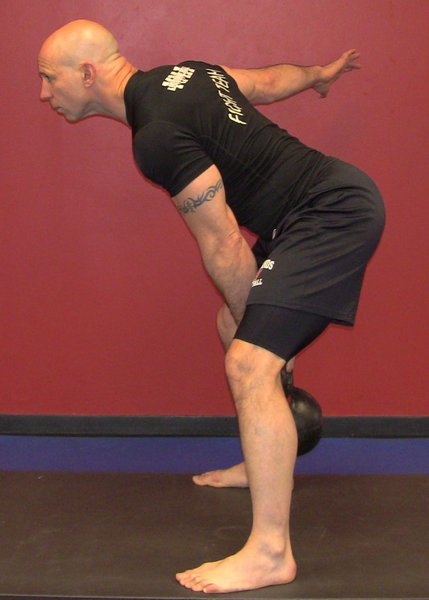 Perform these as one big complex, moving from one exercise to the next without rest. Take a one minute rest period between the rotations. This is a great method for prepping for your RKC Level 1, a re-certification, and it is also a good way to prepare for part of your RKC-2.
Perform these as one big complex, moving from one exercise to the next without rest. Take a one minute rest period between the rotations. This is a great method for prepping for your RKC Level 1, a re-certification, and it is also a good way to prepare for part of your RKC-2.
RKC Basics Complex: Use RKC Snatch Test sized kettlebells or larger
- 1 Heavy get-up each side
- 10 Double kettlebell swings
- 5 Double kettlebell cleans
- 5 Double kettlebell presses
- 5 Double kettlebell front squats
- 10 Snatches each side
Once you are done (with your 3 to 5 sets), do 3 sets of the following:
10 reps of single kettlebell split squats, followed by 10 reps of single kettlebell rows. Finish one side and then do the other. Rest for one minute between sets.
Cool down and stretch
Workout #2: TGU Pyramid and Swing Ladder
Once you have completed one of the warm-up circuits, preferably one including arm bars, we need to make certain that our shoulders and hips are prepped for the task ahead.
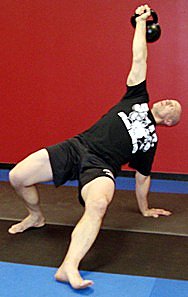 Get-Up Pyramid. Begin with your snatch test size kettlebell. Perform 5 reps on each side. Move up to the next sized kettlebell and do 4 reps on each side. Repeat this with 3 reps at with a heavier kettlebell, 2 reps with the next heavier kettlebell and then one rep with the heaviest kettlebell you are able to use. Once you’ve gone up, go down repeating the sequence in reverse. This will yield 60 repetitions. If you are not able to increase on every set, use good judgment and only use a kettlebell that you are able to safely perform the get-ups with proper form.
Get-Up Pyramid. Begin with your snatch test size kettlebell. Perform 5 reps on each side. Move up to the next sized kettlebell and do 4 reps on each side. Repeat this with 3 reps at with a heavier kettlebell, 2 reps with the next heavier kettlebell and then one rep with the heaviest kettlebell you are able to use. Once you’ve gone up, go down repeating the sequence in reverse. This will yield 60 repetitions. If you are not able to increase on every set, use good judgment and only use a kettlebell that you are able to safely perform the get-ups with proper form.
Next, we will perform a swing ladder. 5 reps of each, for 10 sets. Start with the snatch test sized kettlebell and move up each set while maintaining the same amount of repetitions.
I happen to have a plethora of kettlebells (well in excess of 100), so it’s easy for my students and I to change kettlebell sizes. Depending on your circumstances, you may have to improvise by doubling up kettlebells (double kettlebell swings, for example) or doing two sets at the same weight before moving on.
We will now work on our push-ups to round off the session. We do one set of standard push-ups, generally between 20 and 50 reps, depending upon your fitness level. Follow this up with 2 sets of plyometric push-ups, anywhere from 10 to 20 reps.
Cool down with some restorative stretching and you’re done.
Stay tuned for Part 2 of the Turbo Charged Series…..
Strength & Honor,
Coach Phil Ross
****
For more information on Master RKC, 8th Degree Black Belt, and Bodyweight Specialist Phil Ross’s strength and conditioning programs, videos (including The Kettlebell Workout Library), and workshops, please visit www.philross.com.




